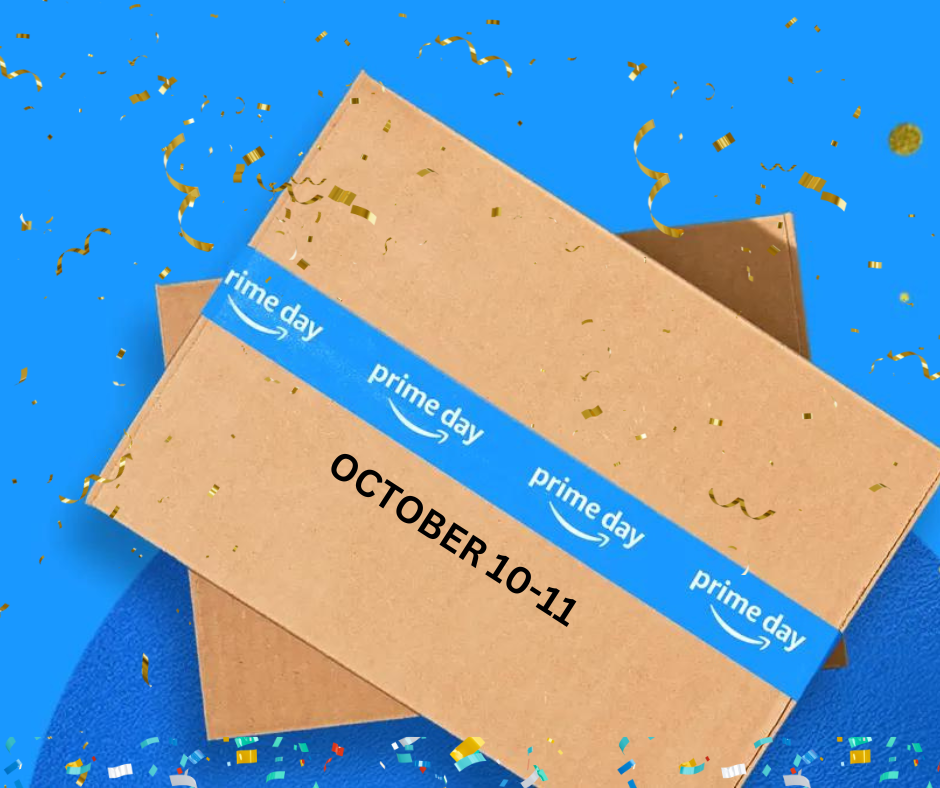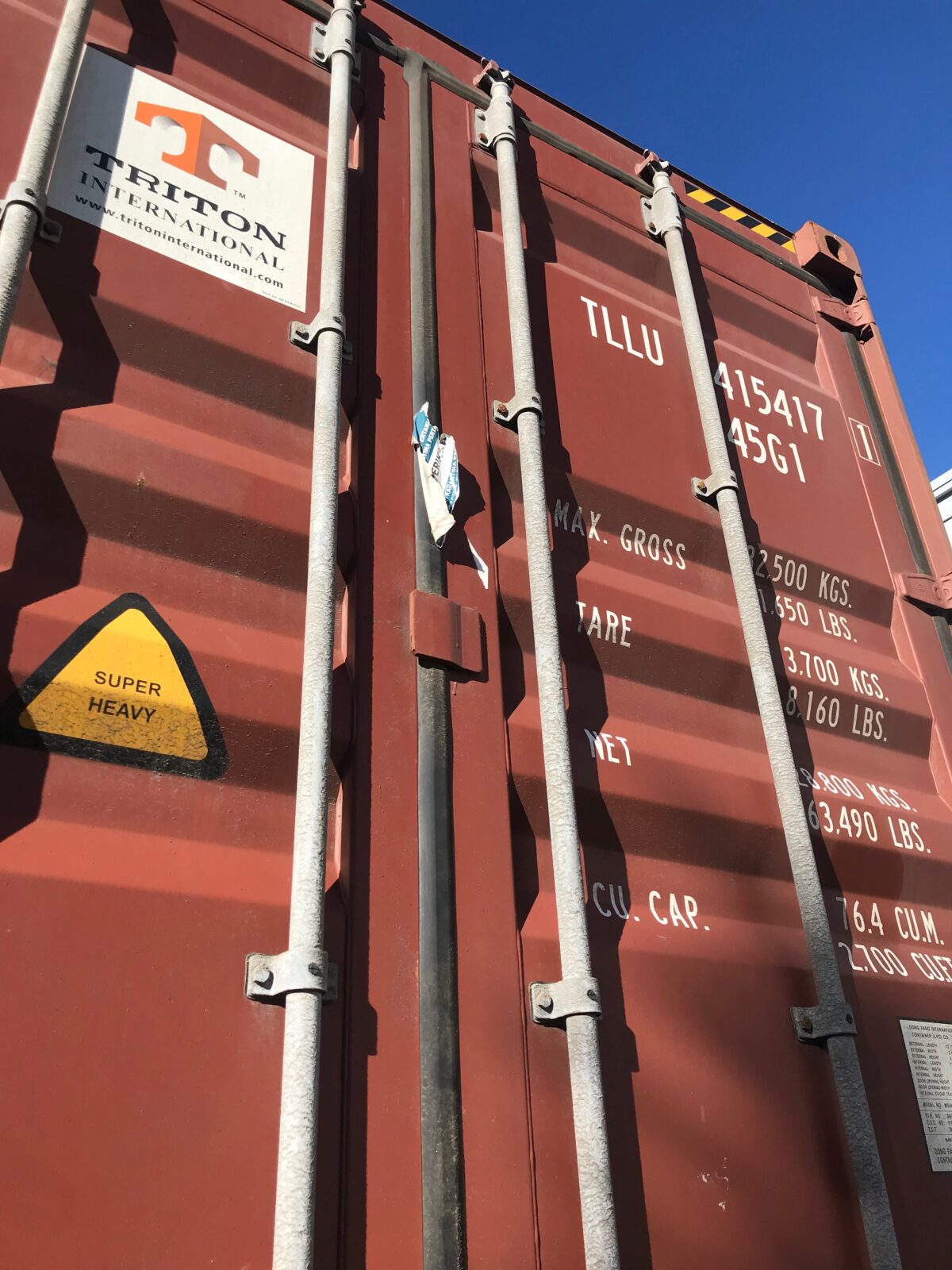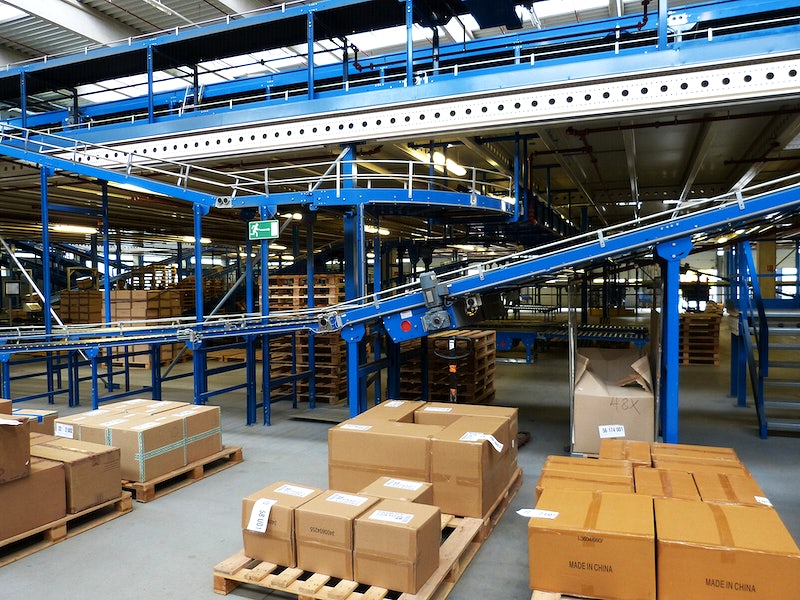-
Amazon Prime Big Deal Days: History and Evolution

Let’s get to know a quick history about Prime Big Deal Days.
-
7 Proven Ways to Amplify E-commerce Conversion Rates

Are you an ecommerce business owner looking to boost your conversion rates and drive more sales? In this article, we’ll explore seven proven strategies that can significantly amplify your ecommerce conversion rates.
-
Try Before You Buy: Augmented Reality Shopping Revolutionizes E-commerce

Let’s delve into the exciting realm of augmented reality shopping and explore how it’s revolutionizing the way we shop online.
-
Ship Smarter, Not Harder: How 3PL Can Save You on Shipping Expenses

Many companies struggle with finding ways to reduce their shipping costs while still providing fast and reliable service to their customers. One solution to this problem is to partner with a third-party logistics provider (3PL).
-
The future of Amazon and its impact on the eCommerce industry

Get ready for a glimpse into the future of Amazon and its impact on the world of online shopping. With exciting investments in emerging technologies and sustainable initiatives, Amazon’s future growth looks promising. However, as the retail giant continues to dominate the e-commerce industry, it’s important to consider how this impacts small businesses and competition.
-
Tips for Optimizing eCommerce Fulfillment for US Sellers: A Comprehensive Guide

eCommerce has become an integral part of the retail industry, with millions of people shopping online every day. As an eCommerce seller, it’s important to have a solid fulfillment strategy in place to ensure that your customers receive their orders in a timely and efficient manner. In this guide, we’ll be sharing some tips on…